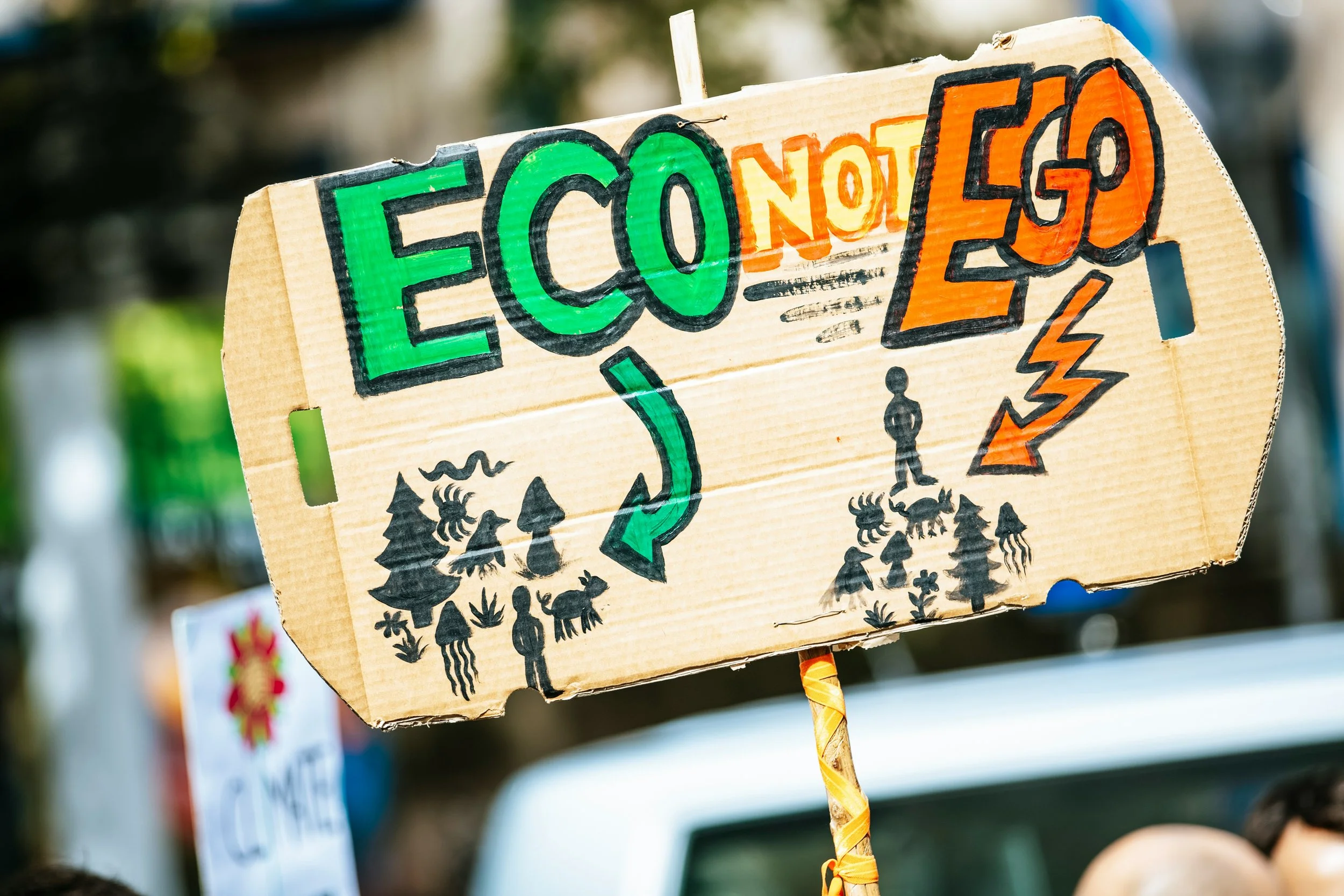A Step-by-Step Guide to Sustainable Event Planning
Sustainable event planning helps reduce environmental impact, fosters positive brand perception, and ensures responsible resource use. Follow these steps to create eco-friendly, memorable events that benefit attendees and the planet.
1. Define Your Sustainability Goals
Determine your event’s specific sustainability objectives (e.g., reducing waste, lowering energy use, sourcing local products).
Set measurable targets to guide planning and evaluation.
2. Choose Green Venues
Select venues with robust environmental policies, such as energy-efficient lighting, recycling programs, or LEED certification.
Consider location accessibility to minimize attendee travel emissions.
3. Go Digital Where Possible
Use electronic invitations, tickets, and registration platforms to reduce paper usage.
Offer digital event guides and programs instead of printed versions.
4. Focus on Sustainable Catering
Prioritize local, seasonal, and organic menu options.
Offer plant-based dishes and minimize single-use plastics.
Donate leftover food to local charities where possible.
5. Reduce Waste
Provide clearly marked bins for recycling and composting at the venue.
Use reusable, biodegradable, or compostable materials for tableware and signage.
Encourage attendees to use refillable water bottles and set up hydration stations.
6. Eco-Friendly Transportation Options
Encourage public transit, carpools, biking, or shuttle services for attendees.
Offer virtual attendance options to reduce carbon footprints for distant participants.
7. Sustainable Sourcing and Partners
Work with vendors who share your commitments to sustainability.
Source event materials and merchandise from ethical, eco-friendly suppliers.
8. Communicate Your Efforts
Make your sustainability commitment visible before, during, and after the event.
Educate attendees about eco-friendly choices and encourage participation.
9. Measure and Report
Track key sustainability metrics (e.g., waste diverted, CO2 saved).
Gather feedback from attendees and partners on sustainability initiatives.
Share post-event reports to demonstrate your impact and areas for improvement.
10. Continuous Improvement
Review lessons learned and refine future event strategies.
Stay updated on emerging green practices and technologies.
Sustainable event planning is a journey. Every sustainable choice, big or small, makes a difference—for your audience, your brand, and the environment. Implementing these steps ensures your events are impactful, responsible, and ahead of the curve.


